In the aesthetic industry it is rare for a leading, world-renowned dermatologist to go in search of a new skin care brand. However, Natalie Curcio, MD, MPH, who practices cosmetic, surgical, and medical dermatology at Curcio Dermatology, P.C. in Nashville, TN did just that. Dr. Curcio, who is Board Certified by the American Academy of Dermatology, and who lectures nationally and internationally on a broad array of skin issues, had heard about DefenAge skin care from other physicians who had seen impressive results with their three step system of 24/7 Barrier Balance Cream, 8-in-1 BioSerum and 2-Minute Reveal Masque and wanted to speak with the company to learn more. She met with Nikolay Turovets, PhD, the CEO and Head Scientist/co-Founder of DefenAge and was so impressed with the technology, that she read all of the pertinent publications on defensins and took a deep look into the technology to completely understand its benefits. Once she became comfortable with the products and their technology she was able to compare and contrast other products with growth factors, micropeptides, and defensins. Not only does she now recommend DefenAge to patients interested in a multi-faceted approach to skin rejuvenation, but she is a true believer and uses the product herself. In this exclusive interview with Aesthetic Insider™ Dr. Curcio discusses how the DefenAge skin care line fits into her “magic box” of beauty techniques. To learn more about DefenAge, visit www.defenage.com. To learn more about Dr. Natalie Curcio, visit www.curciodermatology.com.

Dr. Natalie Curcio, Dermatologist
According to GCI (Global Cosmetic Industry®) it is estimated that the US skin care market will reach close to $11 billion in sales by 2018. With so many brands available, how did the DefenAge skin care line catch your attention?
DefenAge was a relatively new skin care line when I first heard about them. What really caught my attention though was the fact that it contains defensins which is brand new. Several of my dermatology colleagues, for whom I hold a very high level of respect, were discussing the DefenAge technology and so when I realized it was possibly revolutionizing skin care I decided to investigate more to learn exactly how the science worked.
What exactly are defensins?
Defensins are antimicrobial peptides that are released by one of our immune cells called neutrophils. They actually message a specific type of stem-cell in our body (one of the skin’s dormant master stem cells within the hair follicle next to the basal cell layer of the skin) and they cause the production of new basal cell layers in the epidermis to produce new fresh keratinocyte. These are the skin cells that comprise the majority of the epidermis. So when I heard that there was something that could revolutionize or change the entire epidermis and stimulate the production of a completely new skin layer using dormant resources from our own body I knew I had to learn more about it.
Would you say that defensins are natural peptides?
Yes, defensins are a natural micro peptide in the skin. Alpha and Beta defensins naturally occur in the body, but as we age the body produces less and less defensins. In the DefenAge product they have developed synthetic copies of the natural human Alpha and Beta defensins and have been able to scientifically create a topical skin care technology that is able to awaken the dormant cells, so that the skin can naturally turn back the clock on itself so to speak.
How are defensins different than growth factors?
Defensins are peptides, although they are not growth factors. Growth factors are a separate entity. Products that contain growth factors are often human-derived but they can be from other organisms. Many of the skin care products on the market that contain micro peptides are all synthetic. The defensins that are in DefenAge are synthetic but are identical copies of human defensins.
What does “natural” mean in terms of the defensins target specific mechanism in DefenAge?
In this case a natural mechanism would refer to a signaling pathway since the defensins target a specific master stem cell that signals the body to create a new stem cell which then creates new skin cells, as it heals wounds naturally in the skin (i.e. sun damage, age spots, fine lines, wrinkles, etc.) The target specific mechanism is important because it leads to a highly specific activation of a specific target stem cell type to do a specific job. Basically, the defensins in DefenAge are creating a specific new basal stem cell in the epidermis to activate and repopulate the epidermis with fresh skin cells.

Do defensins have any known side effects?There are currently no known side effects to defensins.
How does the defensin technology in the DefenAge skin care line stand against other available skin care products and technologies in the aesthetic market?
Compared to products that contain growth factors, the defensins are smaller, they penetrate faster, are more readily absorbed and more specific. They can actually slide through the skin pore on the hair follicle to reach their target, so they don’t have to penetrate the stratum corneum or the epidermis to do their job. DefenAge uses an innovative carrier molecule to stabilize the defensins and ensure that the peptides are still active when they’re applied to the skin. It is one of those products that is a true standout. The real beauty is that it can be safely and easily combined with other products. Some of my patients still like their growth factor products and their micro peptide products, and in the right patient these products can be used simultaneously.
Do you use the DefenAge products yourself?
I always try the products that I sell in my office before I offer them to patients to first make sure they’re not irritating or comedogenic. I have extremely sensitive and acne-prone skin so I’m a good test person. When I first began using the products I saw improvement after one week. My staff and medical colleagues started asking me what was I doing different. They asked me if I was using a new moisturizer? Or a new makeup or sunscreen? People just couldn’t put their finger on it. Then after the second week, people who see me regularly would comment on the texture of my cheeks, and my patients wanted to touch my face because they thought my skin looked as soft as a baby’s cheeks. I now use the products every day, as do many of my patients. It’s been an amazing difference for me personally and for my patients that are looking for improvements in texture, wrinkles, redness, dryness, etc., which is pretty much most of them.

What common skin issues does DefenAge address?
The amazing thing about DefenAge is that it addresses a global scale of skin aging. It’s very hydrating, but lightweight, so it’s great for dryness. For those that have texture issues in their skin, it creates a more youthful texture and increases the smoothness of the skin. If you’re worried about wrinkles, it minimizes fine lines, wrinkles and even pore size. It’s been found to decrease brown spots and brighten skin tone, increase clarity, helps with pigment issues and has other ingredients that calm inflammation, redness, and sensitivity. It’s really very helpful for a lot of my patients, as it restores the firmness and elasticity of youthful skin and provides some tissue tightening too.
Do you feel that the DefenAge product is priced right?
It’s not a cheap product by any means, but I do feel that the products are of very high quality and are priced correctly. For the price you get the two Flagship products the 24/7 Barrier Balance Cream and the 8-in-1 Bio-Serum+, plus their 2 Minute Reveal Masque, and you get all of that for under $300. Many growth factor serums and micro peptide serums are priced from $200 to $280 for just one product, so many of my patients actually feel they are getting a good deal with the DefenAge line. Plus the synthetic defensins that are the key ingredient in the product are insanely expensive to produce, and the packaging and bottles is top notch and noticeable on the shelf so patients can’t wait to learn more. I would say that between the high grade quality of the product, the actual packaging of DefenAge and the proven results, DefenAge is actually very affordable.
What would you say is the one skin care product a person can never be without?
I’d like to say DefenAge but if I can choose only one it would have to be a sun screen. Hands down, everyone must use a daily sunscreen as the rates of skin cancer have skyrocketed in recent years.

DefenAge is now in over 200 dermatology and plastic surgery practices, is a newcomer to the industry and has a small sales force. What would you say is the secret to its success?
I really believe that the success is primarily due to the product performance and the uniqueness of the innovative technology. They really distinguish themselves from any other technologies on the market, and because it is creating new fresh skin cells in the skin and using a dormant resource from one’s own body, it’s really doing things that no other product on the market is doing. Such innovative technologies really only come to market every ten years or so and I believe DefenAge is that product and it is here to stay for a long time.
To learn more about DefenAge, visit www.defenage.com. To learn more about Dr. Natalie Curcio, www.curciodermatology.com.
Dr. Natalie Curcio is a Nashville-based dermatologist and dermatologic surgeon who specializes in cosmetic dermatology, laser surgery, and Mohs micrographic surgery for the treatment of skin cancers. Dr. Curcio is the President and Founder of Curcio Dermatology, a state-of-the-art facility for surgical and cosmetic skin treatments. Dr. Curcio graduated Summa cum laude from Vanderbilt University with a Bachelor of Arts in Spanish Literature and earned a Doctor of Medicine and Master of Public Health from Vanderbilt University School of Medicine. She completed a residency in Dermatology at Vanderbilt University Medical Center. In addition, Dr. Curcio completed two prestigious fellowships – one in Dermatologic Cosmetic & Laser Surgery at UCSF, in San Francisco, CA with Richard Glogau, MD and Roy Grekin, MD and the other in Procedural Dermatology/Mohs Micrographic Surgery in Birmingham, AL with Gary Monheit, MD. She is certified by the American Board of Dermatology and she is a Fellow of the American Academy of Dermatology, the American Society of Dermatologic Surgery and the American Society for Laser Medicine & Surgery.

To listen to Dr. Natalie Curcio’s interview on Aesthetic Insider™ Radio, CLICK HERE!
The post Dr. Natalie Curcio Discusses The Skin Care Revolution That Is DefenAge! appeared first on Aesthetic Insider.









 Madeleine, do you see any gaps when it comes to patient education?
Madeleine, do you see any gaps when it comes to patient education?
 Is it true that a prospective patient will never have the chance to consult with a doctor if they have a bad experience with your receptionist?
Is it true that a prospective patient will never have the chance to consult with a doctor if they have a bad experience with your receptionist? Are there any special points a receptionist should make when talking to a patient?
Are there any special points a receptionist should make when talking to a patient? Aesthetic Insider™ recently asked Giles Raine, Vice President of The Professional Image, Inc. a medical specialty PR and Marketing firm that has been in business for over 30 years helping aesthetic surgeons build their practices, for his top five business tips. Surprisingly Giles told Aesthetic Insider™ that he has learned some of the best business tips from surgeons. To learn more, visit
Aesthetic Insider™ recently asked Giles Raine, Vice President of The Professional Image, Inc. a medical specialty PR and Marketing firm that has been in business for over 30 years helping aesthetic surgeons build their practices, for his top five business tips. Surprisingly Giles told Aesthetic Insider™ that he has learned some of the best business tips from surgeons. To learn more, visit  The Professional Image, Inc., a full-service PR and Marketing firm, has been representing its clients to the media since 1988. Headed by agency President, Angela O’Mara, and V.P. Giles Raine, TPI has flourished to become one of the leading PR firms in the medical aesthetic surgery industries. TPI prides itself on its commitment and dedication to its clients, as well as its unique and focused approach to PR and Branding. TPI’s success over the years and its longevity in the field of PR, is attributed to its fresh ideas, innovative approach, creative style, media contacts, top notch service, and a proven track record for obtaining excellent results.
The Professional Image, Inc., a full-service PR and Marketing firm, has been representing its clients to the media since 1988. Headed by agency President, Angela O’Mara, and V.P. Giles Raine, TPI has flourished to become one of the leading PR firms in the medical aesthetic surgery industries. TPI prides itself on its commitment and dedication to its clients, as well as its unique and focused approach to PR and Branding. TPI’s success over the years and its longevity in the field of PR, is attributed to its fresh ideas, innovative approach, creative style, media contacts, top notch service, and a proven track record for obtaining excellent results. 

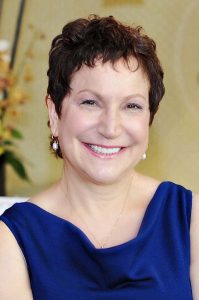

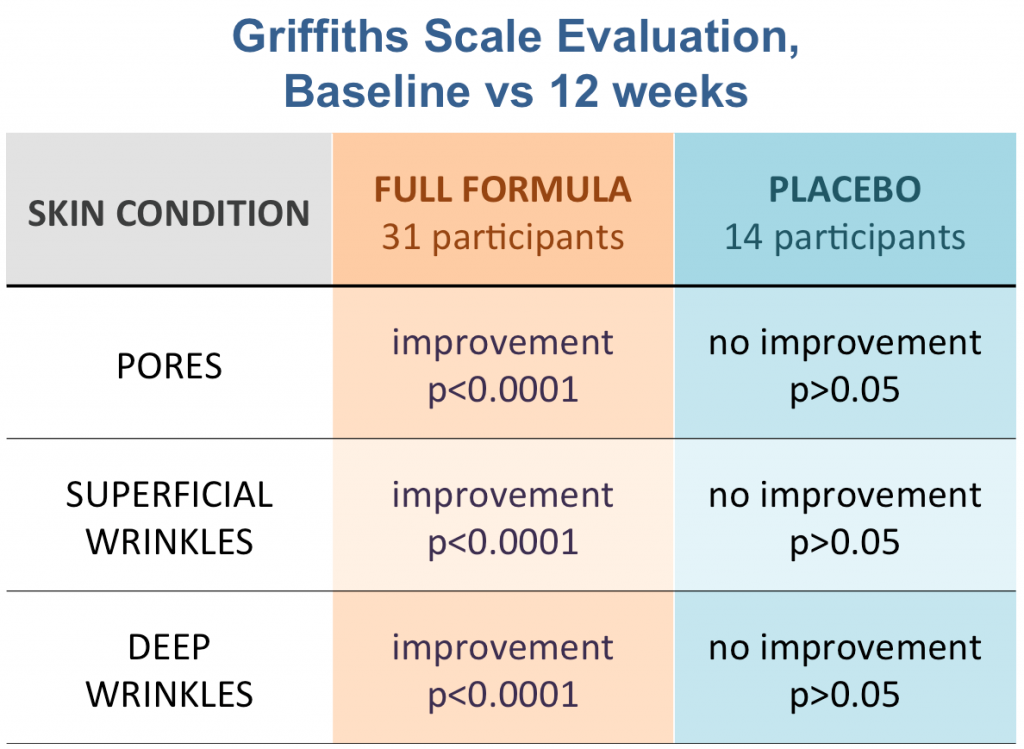
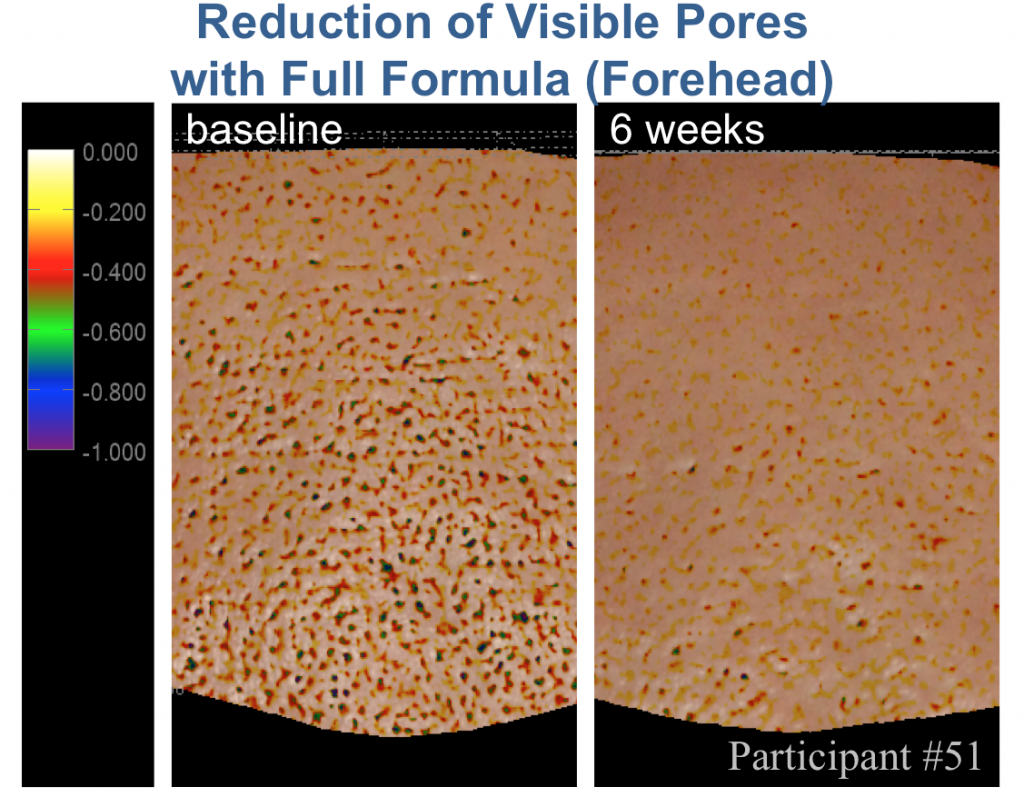

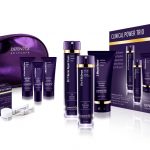
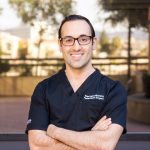 What inspired you to develop this integration of PDO Threads, Microcannulas and PRF?
What inspired you to develop this integration of PDO Threads, Microcannulas and PRF?
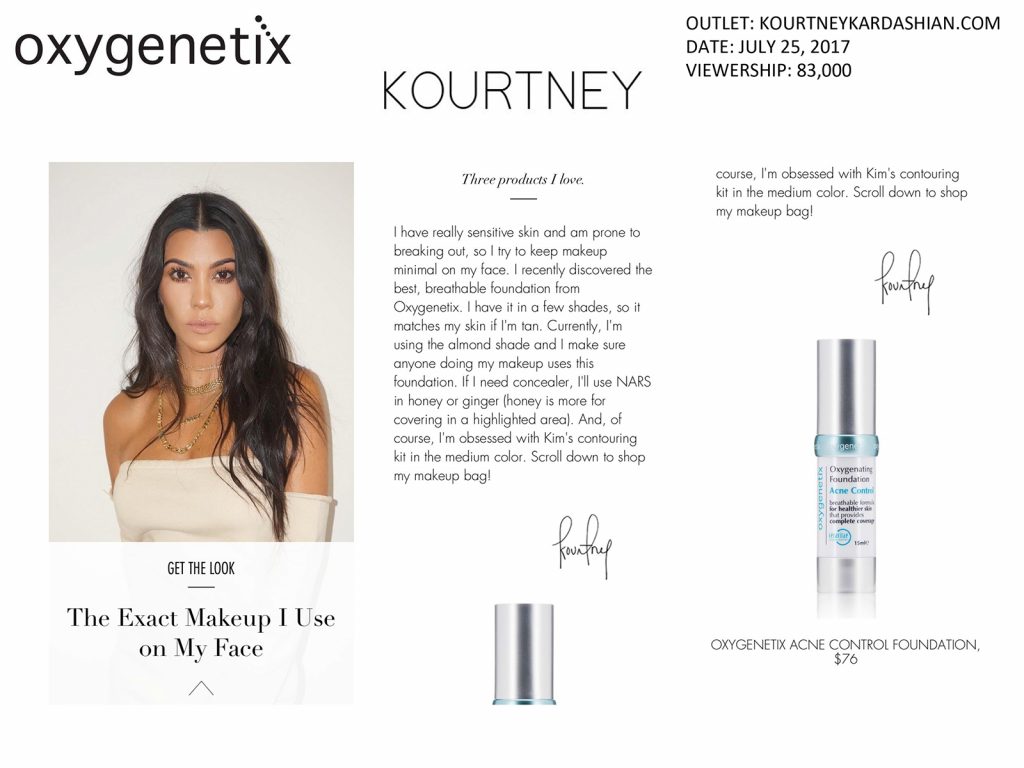



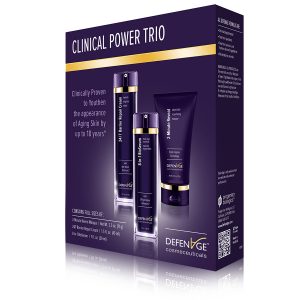 You recently were part of a multi-center placebo controlled study on Defensins, can you explain further?
You recently were part of a multi-center placebo controlled study on Defensins, can you explain further? Join us for our 4th Annual Facial Paralysis Awareness Walk on Sunday, Oct. 15th, in Long Beach, CA! Bring your family members and friends, along with your walking shoes, bikes and even pets, for an afternoon of fun!
Join us for our 4th Annual Facial Paralysis Awareness Walk on Sunday, Oct. 15th, in Long Beach, CA! Bring your family members and friends, along with your walking shoes, bikes and even pets, for an afternoon of fun!

 The 4th Ultimate Aesthetic Training Workshop will be held at the Luxe Rodeo Hotel located on world-famous Rodeo Drive in Beverly Hills. Registration will open at 7.30am on Saturday, November 18, 2017 and a continental breakfast will be served. Scientific sessions will run from 8.00am to 5.00pm with lunch and breaks in between. Course Chairman, A. John Vartanian, MD, will be joined by speakers John Hilinski, MD, Timothy Neavin, MD and Alexander Rivkin, MD. Exhibitors & Sponsors include Allergan, Syneron-Candela, Crystal Clear Marketing, Nia 24, The Professional Image, Inc. and more. Register now at
The 4th Ultimate Aesthetic Training Workshop will be held at the Luxe Rodeo Hotel located on world-famous Rodeo Drive in Beverly Hills. Registration will open at 7.30am on Saturday, November 18, 2017 and a continental breakfast will be served. Scientific sessions will run from 8.00am to 5.00pm with lunch and breaks in between. Course Chairman, A. John Vartanian, MD, will be joined by speakers John Hilinski, MD, Timothy Neavin, MD and Alexander Rivkin, MD. Exhibitors & Sponsors include Allergan, Syneron-Candela, Crystal Clear Marketing, Nia 24, The Professional Image, Inc. and more. Register now at 



 , Dr. Karimi discusses the LA-MCA educational goals, the vital need for extra training and the highly academic level of talks, workshops, live training and hands-on cadaver dissection courses that LA-MCA will provide to help aesthetic providers increase their expertise and skill. In addition to its scientific educational goals, LA-MCA 2018 has partnered with many industry business leaders to bring practice strategy talks and training to help doctors build a bigger and better practice, and has partnered with the University of Southern California (USC) to offer an exclusive Cadaver Dissection workshop. To register visit
, Dr. Karimi discusses the LA-MCA educational goals, the vital need for extra training and the highly academic level of talks, workshops, live training and hands-on cadaver dissection courses that LA-MCA will provide to help aesthetic providers increase their expertise and skill. In addition to its scientific educational goals, LA-MCA 2018 has partnered with many industry business leaders to bring practice strategy talks and training to help doctors build a bigger and better practice, and has partnered with the University of Southern California (USC) to offer an exclusive Cadaver Dissection workshop. To register visit 







 , Jeff Baker, CEO and founder of Medical Technology Industries Inc., (MTI) and a medical pioneer with over 46 years of experience manufacturing patient examination chairs, discusses how he and his team have literally revolutionized the patient exam chair as we know it today. To learn more about MTI, visit
, Jeff Baker, CEO and founder of Medical Technology Industries Inc., (MTI) and a medical pioneer with over 46 years of experience manufacturing patient examination chairs, discusses how he and his team have literally revolutionized the patient exam chair as we know it today. To learn more about MTI, visit 








